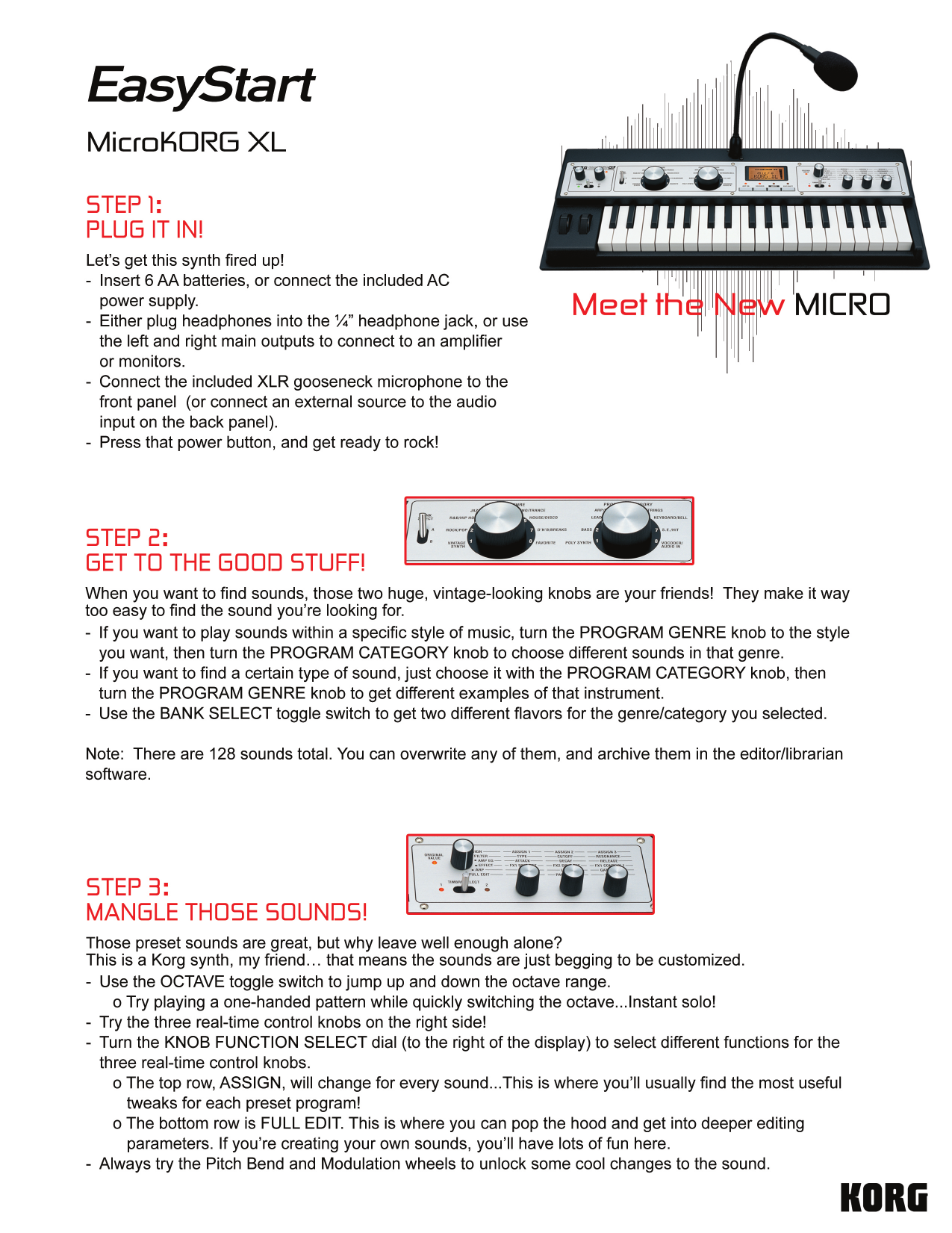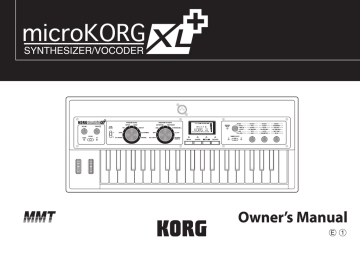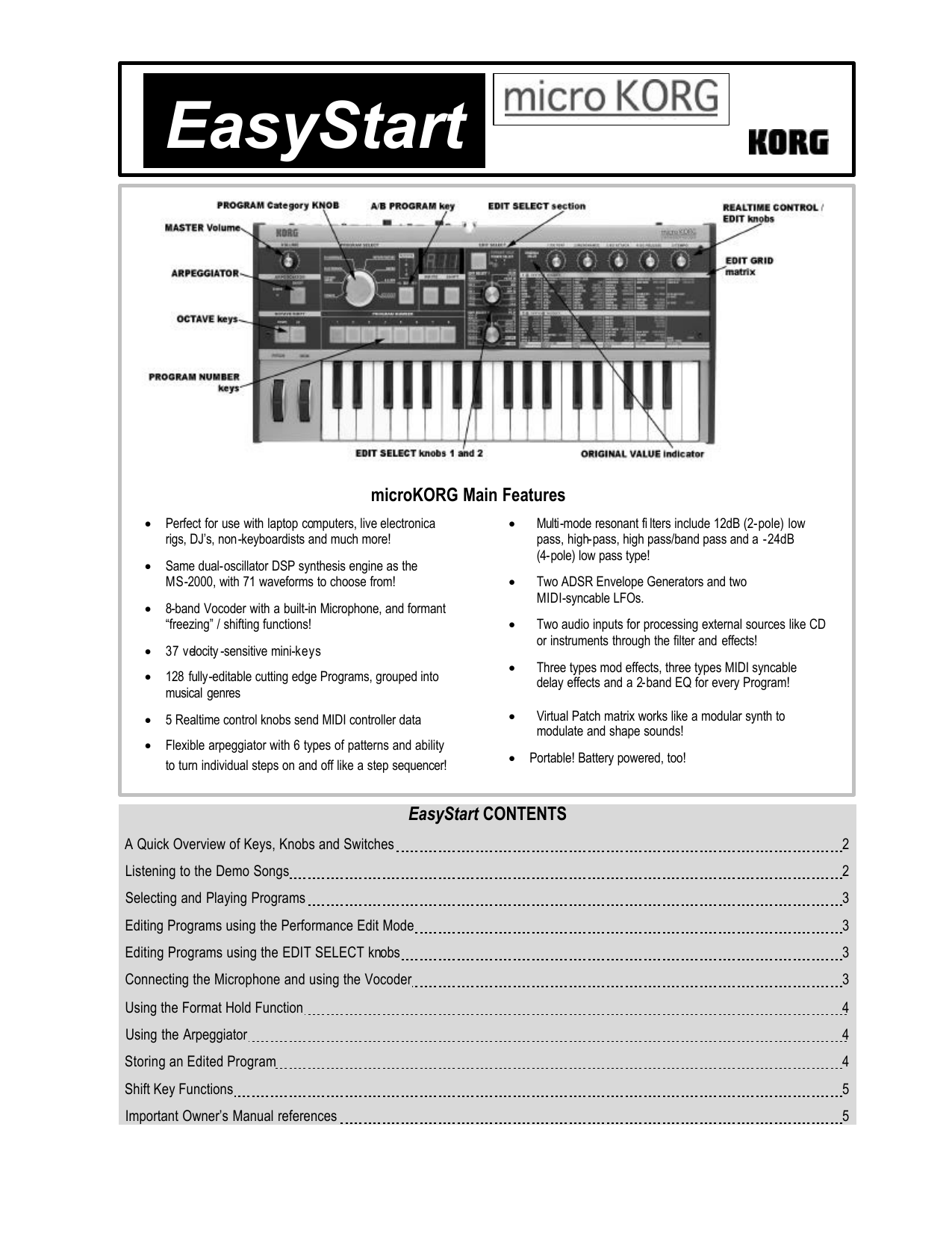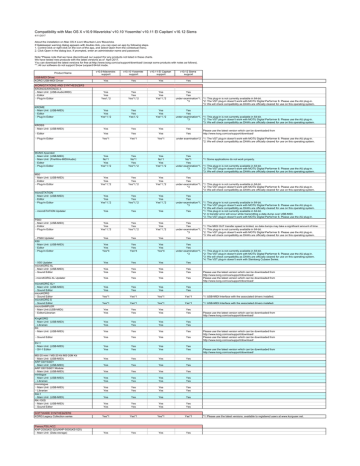

- #Microkorg sound editor midi port not specified driver
- #Microkorg sound editor midi port not specified manual
- #Microkorg sound editor midi port not specified full
- #Microkorg sound editor midi port not specified software
If you are using Windows XP/Vista/7, the standard USB-MIDI driver that is automatically installed will not allow you to use the nanoPAD2 with multiple applications simultaneously. This port is used by the Korg Kontrol Editor to control the nanoPAD2. This is also used by the Korg Kontrol Editor to control the nanoPAD2. If you want to use the nanoPAD2 to control an application on your computer, then select this port in the MIDI input settings of your application. This is where MIDI messages from the nanoPAD2’s various controllers are received. The power to the nanoPAD2 will turn off and the power LED will go dark.Īs shown in the following table, the name of the ports will depend on which operating system you’re using, and whether or not you’ve installed the Korg USB-MIDI driver. Messages transmitted by the Gate Arpeggiator.ĭisconnect the USB cable that’s connected to the nanoPAD2 and the computer. You can adjust the length of each note using the Gate Time parameter. The Gate Arpeggiator automatically transmits note messages from the trigger pads or the X-Y pad in sync with the specified tempo. While pressing and holding down the KEY/RANGE button, press the trigger pad where the desired Key, Note Range, or Octave Shift setting is assigned.īutton and press the Oct– and Oct+ pads simultaneously.

The Octave Shift determines the Key range in the range of –2 to +2 octaves. The Note Range determines the range of notes assigned to the X-axis on the X-Y pad, in the range of one to four octaves. The Key setting determines the base pitch for a scale. Setting Key or Note Range, or Octave Shift While pressing and holding down the SCALE/TAP button, press the trigger pad where the desired scale is assigned.įor scales that are assigned to the trigger pads, please refer to the scale assignment chart. You can select one of 16 scales for note messages that are transmitted when you move your finger along the X-axis on the X-Y pad. Playing notes in a scale (Touch scale mode) X or Y-axis transmits control change messages.įinger, or releasing your finger from the pad, transmits a control change message. Transmitting control change messages (CC)

While touching the X-Y pad with your finger, move the finger along the X- axis (left and right) and Y-axis (up and down). When you first connect the nanoPAD2 to a computer running Windows XP/Vista/7, the standard USB-MIDI driver for your operating system will be installed automatically. Never use any USB cable other than the one that’s included. The power to the nanoPAD2 will turn on and the power LED will light up. Use a USB cable to connect the nanoPAD2 to a USB port on your computer.
#Microkorg sound editor midi port not specified software
You can download the Korg KONTROL Editor software and the nanoPAD2 Parameter Guide from the Korg website. For more information on the nanoPAD2 parameters, refer to the nanoPAD2 Parameter Guide. The Korg KONTROL Editor software enables you to edit the MIDI messages that are transmitted from the controllers on the nanoPAD2. Do not leave heavy objects resting on the trigger pads for long period of time.
#Microkorg sound editor midi port not specified manual
Please follow the directions as described in the owner’s manual of your host application to define these settings.
#Microkorg sound editor midi port not specified full
In order to take full advantage of this product, you’ll need to adjust settings in the host application that you’re using.

To help you get the most out of your new instrument, please read this manual carefully. Thank you for purchasing the Korg nanoPAD2 slim-line USB controller.


 0 kommentar(er)
0 kommentar(er)
